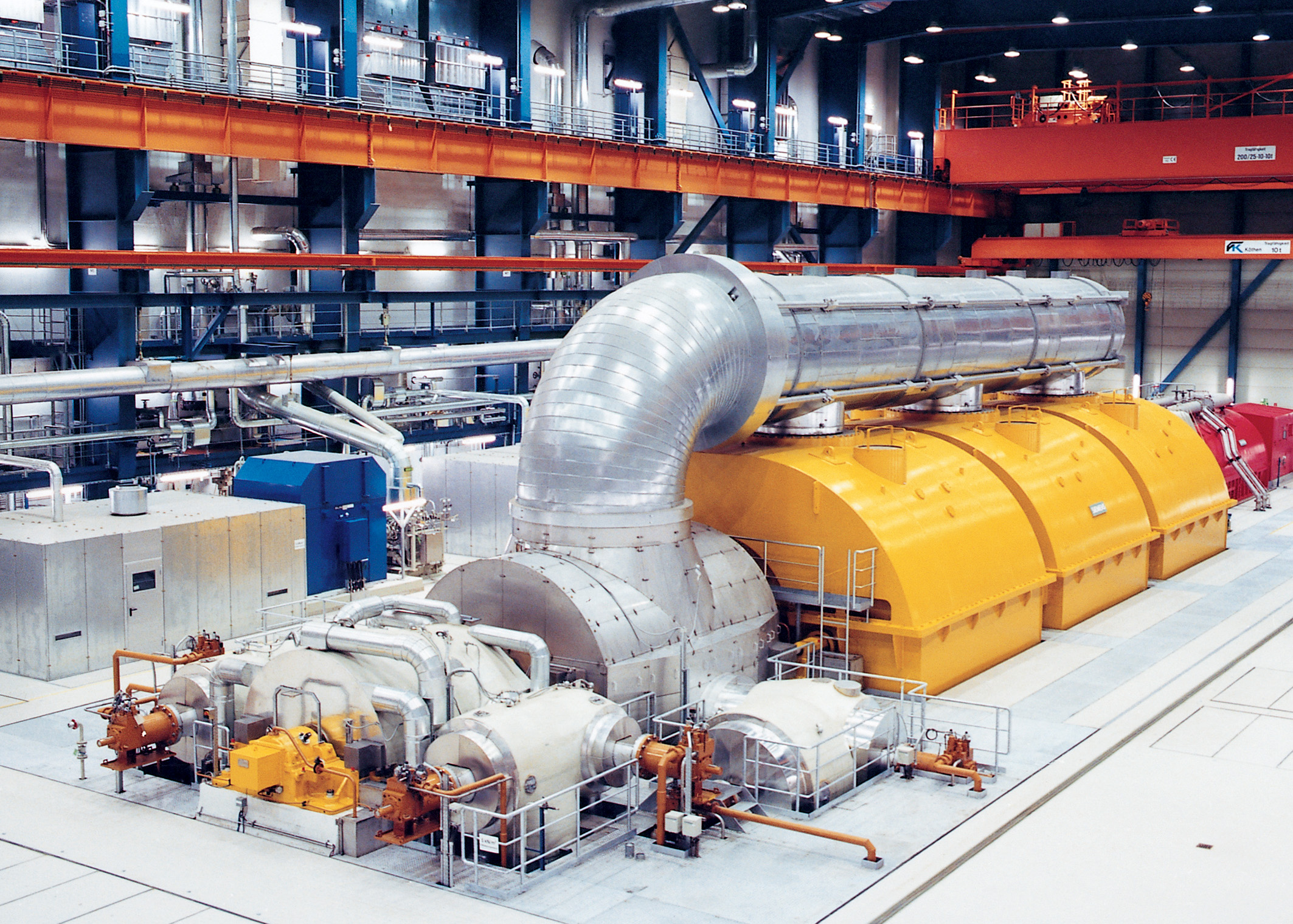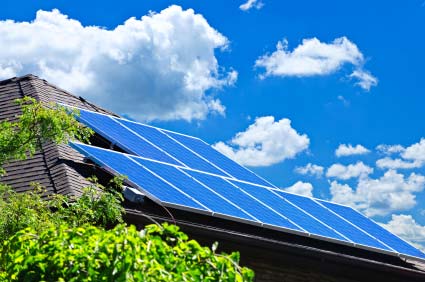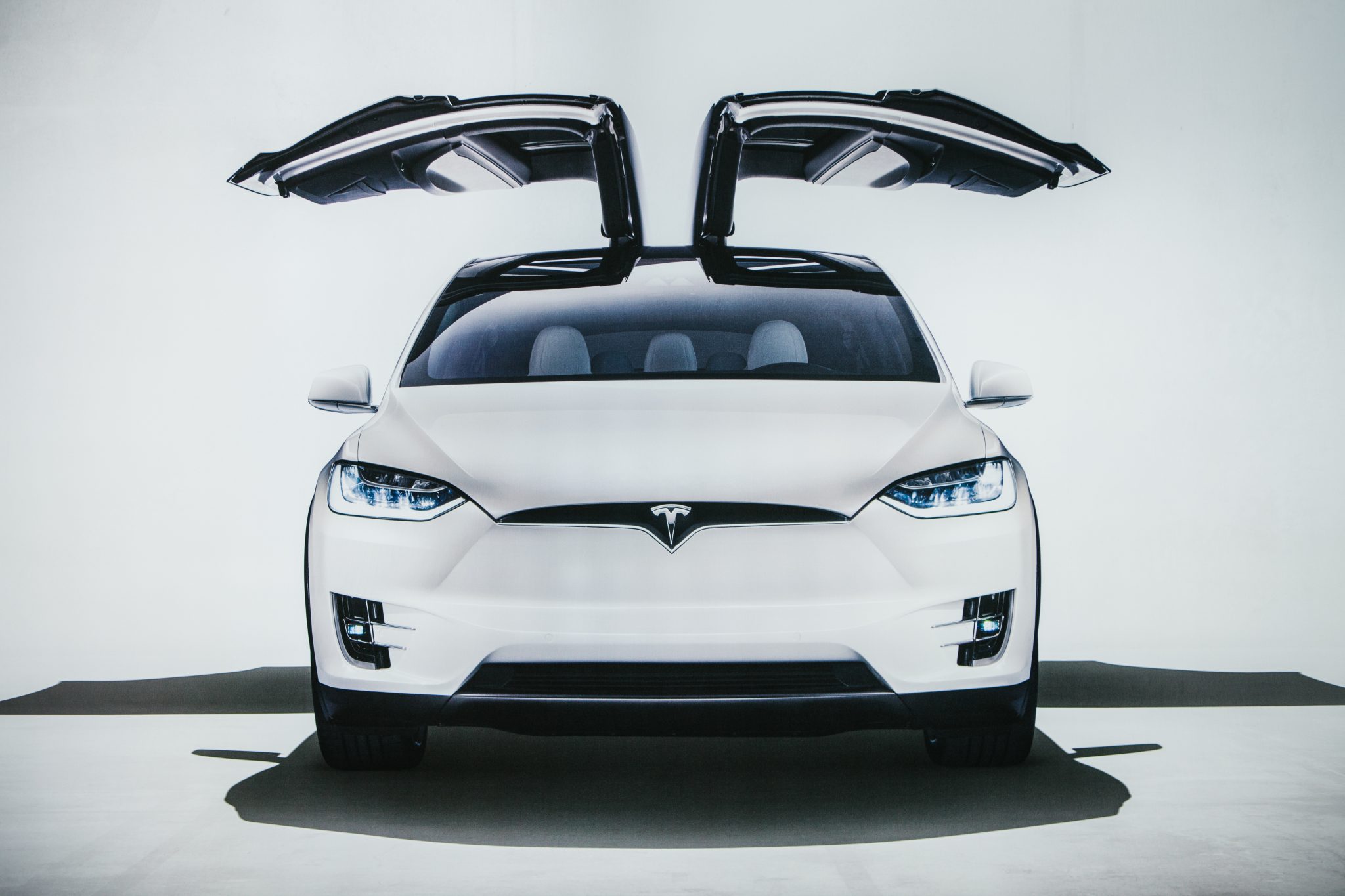Electricity Generation History
The essential standards of electricity era were found in the 1820s and early 1830s through British scientist Michael Faraday. His approach, nonetheless used these days, is for electricity to be generated by means of the movement of a loop of twine, or Faraday disc, between the poles of a magnet. Central power stations became economically practical with the development of alternating current (AC) energy transmission, using energy transformers to transmit electricity at high voltage and with low loss.
Commercial electricity manufacturing began with the coupling of the dynamo to the hydraulic turbine. The mechanical production of electric energy started the Second Industrial Revolution and made feasible numerous inventions the use of power, with the principal contributors being Thomas Alva Edison and Nikola Tesla. Previously the most effective manner to produce strength turned into through chemical reactions or using battery cells, and the best sensible use of electricity became for the telegraph.
Electricity era at critical electricity stations commenced in 1882, while a steam engine riding a dynamo at Pearl Street Station produced a DC current that powered public lights on Pearl Street, New York. The new era turned into quickly adopted via many cities round the world, which adapted their gas-fueled avenue lights to electric electricity. Soon after electric powered lights might be utilized in public homes, in companies, and to strength public shipping, consisting of trams and trains.
The first power flowers used water strength or coal.[8] Today a ramification of energy sources are used, which include coal, nuclear, herbal gas, hydroelectric, wind, and oil, as well as sun power, tidal electricity, and geothermal resources.
In the 1880s the popularity of power grew hugely with the advent of the Incandescent mild bulb. Although there are 22 regarded inventors of the light bulb previous to Joseph Swan and Thomas Edison, Edison and Swan's invention have become by way of a long way the most successful and popular of all. During the early years of the nineteenth century, huge jumps in electric sciences had been made. And through the later 19th century the advancement of electrical technology and engineering led to energy being part of regular life. With the advent of many electric innovations and their implementation into ordinary life, the demand for energy inside homes grew dramatically. With this increase in demand, the capacity for profit became seen by using many entrepreneurs who commenced investing into electric systems to sooner or later create the first energy public utilities. This manner in history is frequently defined as electrification.
The earliest distribution of power came from organizations running independently of each other. A client could purchase electricity from a producer, and the manufacturer could distribute it via their own strength grid. As generation progressed so did the productivity and performance of its era. Inventions such as the steam turbine had a massive impact at the performance of electrical generation however also the economics of generation as nicely. This conversion ofheat energy into mechanical work turned into similar to that of steam engines, however at a significantly large scale and some distance extra productively. The upgrades of these large-scale technology vegetation were essential to the method of centralised technology as they might become critical to the complete strength machine that we now use these days.
Throughout the center of the 20th century many utilities began merging their distribution networks due to financial and efficiency advantages. Along with the invention of long-distance energy transmission, the coordination of strength plant life commenced to form. This machine became then secured by using regional system operators to make certain stability and reliability. The electrification of houses commenced in Northern Europe and within the Northern America in the Twenties in massive cities and concrete areas. It wasn't until the Nineteen Thirties that rural areas noticed the huge-scale establishment of electrification.[10]





Comments
Post a Comment